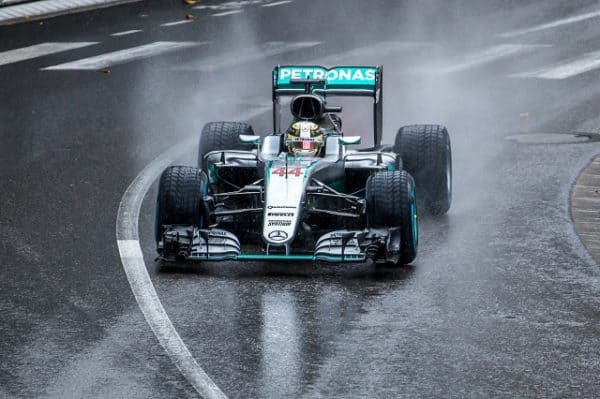

The answer, as always, is technology.
My first cars were 4-cylinder 1.6 Litre engines. These were typically aspirated except for a 1971 Volkswagen Type III (Fastback) that actually had fuel injection instead of a carburetor. Didn’t help much but unlike modern cars controlled by a number of chips and systems, that car was easy to fix, tune up and repair.
Today, cars are far more efficient, and sophisticated as a result. Some of the advancements are technology for the sake of it or for the benefit of the creatures inside, but the more recent developments in drivetrain technology are truly incredible. Since the arrival of the Prius, I have been fascinated by the way that hybrid gas/electric motor increases fuel efficiency in part by recapturing energy while braking –regenerative braking as it is called. It works even better in my Tesla. So well, in fact, that I hardly touch the brakes during city driving and Tesla themselves have guided to 150,000 km before your first brake job.
But the pinnacle of all things motorsport is of course, Formula 1. For several years now Formula 1 cars have been Hybrids. However, the real shocker is what those development teams have done to squeeze more horsepower out of an ever smaller gas-powered engine. Today, it is just a 1.6 Litre V6 engine that rockets a Formula 1 car to over 300 kph.
How do they do that?
Well, first of all they combine the low-speed torque of an electric motor to boost the car out of corners and up to a speed where the gasoline engine delivers its max torque and high top speed. Then, as the car hurtles toward the next corner the electric motor re-captures as much kinetic energy as it can while assisting in braking. That energy gets stored in a battery but only for a few seconds before it dumps it out again pulling the car out of that same corner. Granted, in high school physics my teacher would have called that a capacitor not a battery because it is basically just holding a high-voltage charge for a short time and then blasting it out as quickly as possible.
The demand to transfer that much electricity (energy) from a battery to a drivetrain creates a whole host of problems to solve similar to what the engineers at Tesla faced had to solve when getting the Model S and X from 0-60 mph in less than two seconds. The first time they tried it at Tesla, all that energy going from the battery to the electric motors so quickly simply melted all the cables.
The hybrid system makes such a difference to the performance of a Formula 1 car that past generations of race cars without it, even with much larger gas-powered engines, couldn’t hope to compete. A good example of this was three years ago in Abu Dhabi when Lewis Hamilton won his second F1 Championship his team mate Roseberg had a failure of his electric motor. This was in the early days of the hybrid system, but even still Roseberg went from second place to ninth place in a matter of a couple of laps simply because his car did not have the advantage of regenerative braking.
Of course Formula 1 has taken this concept of energy recovery way beyond simple regenerative brakes. After tuning the system to recapture as much of the kinetic energy as possible in the braking phase (through a unit called an MKU-K) they then turned to the turbo charger. Here, hot exhaust is run through a turbine that is connected to a compressor such that the rising pressure of exhaust from an accelerating car is used to create pressure for the fuel intake that boosts output.
But there is a lag –”Turbo Lag”- in motor-speak. To eliminate the lag and make the whole system more efficient those geniuses at Formula 1 created a system to recapture the kinetic energy stored in the turbine the same way it is recaptured under braking. It is called the MKU-H. As the exhaust fumes spin up the turbo, electricity is produced and stored that is then used to spin up the compressor in those early stages during turbo lag. Now, no lag. And more energy recaptured to make the car faster and more efficient at the same time. This system is starting to show up in production cars and is called an eTurbo.
Formula 1 cars leave no doubt they are the bleeding edge of motorsport technology, and are in fact the testing ground for brilliant new developments in future production cars. But the fact remains they are creations that seem to defy logic. A 1.6 litre V-6 engine that produces 1,000 horsepower is in the same vehicle that weighs 1,500 lbs fully loaded but produces over 2,500 lbs of downforce at speed. So, theoretically, these cars can drive upside down.
Leave a Reply
You must be logged in to post a comment.




 Share
Share Tweet
Tweet Share
Share




Comment